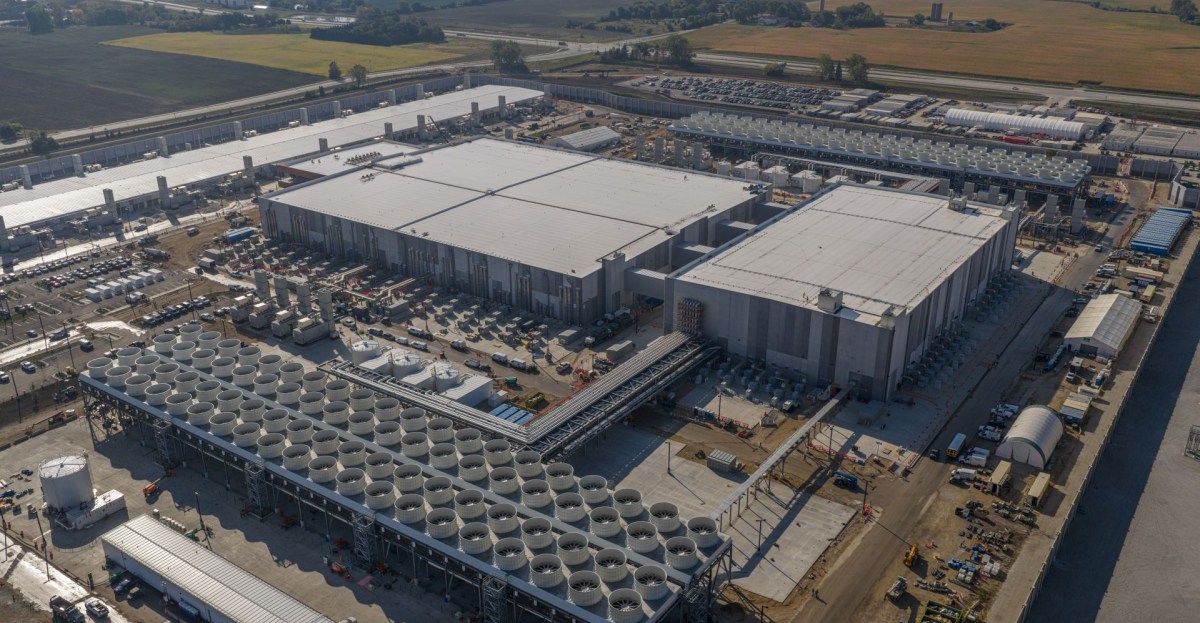
What’s New in PyNvVideoCodec 2.0 for Python GPU-Accelerated Video Processing
Sources: https://developer.nvidia.com/blog/whats-new-in-pynvvideocodec-2-0-for-python-gpu-accelerated-video-processing, https://developer.nvidia.com/blog/whats-new-in-pynvvideocodec-2-0-for-python-gpu-accelerated-video-processing/, NVIDIA Dev Blog
TL;DR
- PyNvVideoCodec 2.0 is a major upgrade for Python-based GPU-accelerated video pipelines.
- Built on the NVIDIA Video Codec SDK; MIT-licensed; easy to install via pip; performance on par with the native SDK.
- Decode, encode, and transcode receive enhancements, with extended codec support.
- Sample applications and comprehensive documentation are bundled in both PyPI and NVIDIA NGC packages.
- Ideal for video analytics, AI preprocessing, media transcoding, and real-time streaming workflows.
Context and background
PyNvVideoCodec is an NVIDIA Python-based library designed to enable GPU-accelerated video encoding, decoding, and transcoding. It is built directly on top of the low-level NVIDIA Video Codec SDK, delivering a lightweight, MIT-licensed, and easy-to-install toolchain that provides performance comparable to the native SDK. Version 2.0 represents a major upgrade in how developers, researchers, and engineers assemble high-performance video pipelines using Python. The goal remains to offer the speed and power of C++ alongside the usability and flexibility of Python, while expanding features, boosting performance, and broadening codec support. The 2.0 release targets a wide range of workflows—from video analytics and AI preprocessing to media transcoding and real-time streaming—by delivering improvements across the decode, encode, and transcode stages. NVIDIA emphasizes that PyNvVideoCodec 2.0 brings more capability and efficiency to Python-based video pipelines without sacrificing the familiar development experience.
What’s new
PyNvVideoCodec 2.0 introduces a set of enhancements designed to optimize video workflows for AI, broadcast, multimedia, and streaming applications. The release highlights improvements across three core areas:
- Decode enhancements new to PyNvVideoCodec 2.0 include updates that streamline and accelerate how video data is decoded for downstream processing.
- Encode enhancements new to PyNvVideoCodec 2.0 include improvements that speed up the encoding path while preserving fidelity and control.
- Transcode enhancements new to PyNvVideoCodec 2.0 include better orchestration and performance when converting between formats or resolutions. Beyond the three pillars, the update emphasizes more features, improved performance, and extended codec support, continuing the library’s aim of delivering the efficiency of C++ with the simplicity of Python. Install PyNvVideoCodec with the following code. This process has not changed from previous versions. For full source code access and customization (enabling NVTX profiling, for example), download from NVIDIA NGC and install. To adjust the internals or build from source, use the following code: PyNvVideoCodec 2.0 delivers the performance of the NVIDIA Video Codec SDK to Python developers—with simplicity, flexibility, and raw power. To get you up and running quickly, sample Python applications and comprehensive PyNvVideoCodec documentation are bundled in both the PyPI and NGC packages. From simple decode and re-encode scripts to segmented-based transcoding, these examples are designed to plug straight into your workflows. To start building the next generation of video applications faster than ever, visit PyPI or NVIDIA NGC.
Why it matters (impact for developers/enterprises)
The PyNvVideoCodec 2.0 update matters because it allows developers to leverage GPU-accelerated video processing directly from Python, with performance on par with the native C++ SDK and the added benefits of Python’s ease of use. The combination of speed, flexibility, and extended codec support enables faster iteration, more capable video analytics, and more efficient media processing pipelines. Enterprises can incorporate high-performance video workloads into AI preprocessing, real-time analytics, and streaming solutions without sacrificing development velocity. The inclusion of sample applications and thorough documentation within both PyPI and NVIDIA NGC reduces onboarding time for teams adopting GPU-accelerated video workflows. By aligning Python workflows more closely with the capabilities of the underlying NVIDIA Video Codec SDK, PyNvVideoCodec 2.0 helps developers build robust video pipelines that scale across research, prototyping, and production environments.
Technical details or Implementation
The installation flow remains consistent with prior versions: PyNvVideoCodec can be installed from PyPI, and full source access with customization options (such as NVTX profiling) is available via NVIDIA NGC. The distributed packages include sample Python applications and comprehensive PyNvVideoCodec documentation to help users integrate encode/decode/transcode functionality into their workflows with minimal friction. For those who need deeper customization or wish to build from source, NVIDIA provides guidance within the NGC release, ensuring developers can tailor internals and optimize performance according to their hardware, codecs, and workloads. The 2.0 release maintains the lightweight footprint and MIT license, preserving the openness and ease of deployment that have characterized PyNvVideoCodec since its inception.
Key takeaways
- PyNvVideoCodec 2.0 is a major upgrade that enhances decode, encode, and transcode paths in Python.
- It preserves the MIT license, is GPU-accelerated, and delivers performance comparable to the NVIDIA Video Codec SDK native implementation.
- The library remains installable via PyPI and NVIDIA NGC, with bundled sample applications and thorough documentation.
- The update expands codec support and introduces more features to support AI preprocessing, video analytics, media transcoding, and real-time streaming.
- Existing workflows can upgrade with an installation process unchanged from previous versions.
FAQ
-
Is PyNvVideoCodec 2.0 faster than previous versions?
PyNvVideoCodec 2.0 is designed to deliver the speed of the NVIDIA Video Codec SDK to Python developers, with improvements across decode, encode, and transcode paths.
-
How do I install PyNvVideoCodec 2.0?
Installation remains the same as prior versions and can be done via PyPI; full source access and customization are available from NVIDIA NGC.
-
Does 2.0 extend codec support?
Yes, the release notes indicate extended codec support along with other enhancements.
-
Does it perform like the native SDK?
The library is designed to provide performance on par with the native NVIDIA Video Codec SDK.
References
More news
NVIDIA HGX B200 Reduces Embodied Carbon Emissions Intensity
NVIDIA HGX B200 lowers embodied carbon intensity by 24% vs. HGX H100, while delivering higher AI performance and energy efficiency. This article reviews the PCF-backed improvements, new hardware features, and implications for developers and enterprises.
Predict Extreme Weather in Minutes Without a Supercomputer: Huge Ensembles (HENS)
NVIDIA and Berkeley Lab unveil Huge Ensembles (HENS), an open-source AI tool that forecasts low-likelihood, high-impact weather events using 27,000 years of data, with ready-to-run options.
How to Reduce KV Cache Bottlenecks with NVIDIA Dynamo
NVIDIA Dynamo offloads KV Cache from GPU memory to cost-efficient storage, enabling longer context windows, higher concurrency, and lower inference costs for large-scale LLMs and generative AI workloads.
Kaggle Grandmasters Playbook: 7 Battle-Tested Techniques for Tabular Data Modeling
A detailed look at seven battle-tested techniques used by Kaggle Grandmasters to solve large tabular datasets fast with GPU acceleration, from diversified baselines to advanced ensembling and pseudo-labeling.
Microsoft to turn Foxconn site into Fairwater AI data center, touted as world's most powerful
Microsoft unveils plans for a 1.2 million-square-foot Fairwater AI data center in Wisconsin, housing hundreds of thousands of Nvidia GB200 GPUs. The project promises unprecedented AI training power with a closed-loop cooling system and a cost of $3.3 billion.
Speculative Decoding to Reduce Latency in AI Inference: EAGLE-3, MTP, and Draft-Target Approaches
A detailed look at speculative decoding for AI inference, including draft-target and EAGLE-3 methods, how they reduce latency, and how to deploy on NVIDIA GPUs with TensorRT.





